Measured yield and tensile strength [1] Download Scientific Diagram

1. Yield Criteria. Three commonly used yield criteria in engineering are: (1) Proportional Limit - The highest stress that maintains a linear relationship on the stress-strain curve, internationally represented as σp. Material is considered to start yielding when stress exceeds σp. (2) Elastic Limit - After loading and unloading a test.
The yield strength and ultimate tensile strength of A36 welds Download Scientific Diagram

But if we talk about yield strength vs. tensile strength differences, both work in different ways. As yield strength is the minimum amount of force to deform a material permanently. On the other hand, tensile strength is the maximum amount of force which an object can bear before it starts breaking. In yield strength, The intermolecular forces.
Yield Strength vs. Tensile Strength 6 Key Differences, Pros & Cons, Examples Difference 101
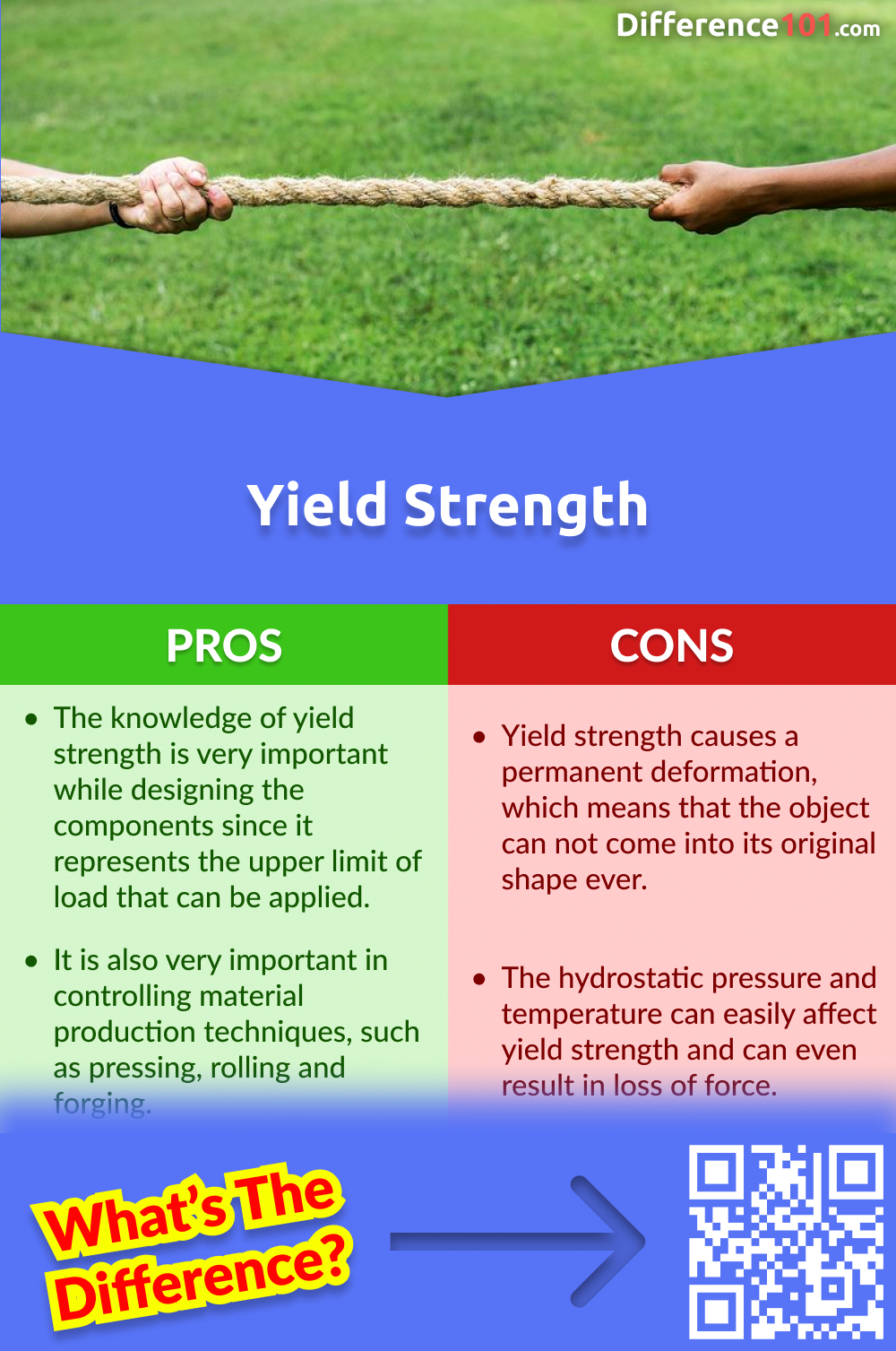
Once a piece of steel is pulled past its tensile stress point, it will split apart. Tensile strength of steel will show us how much tensile stress the steel can withstand until it leads to failure in two ways: ductile or brittle failure. Ductile failure - think of this as the preliminary stage of failure, where it is pushed beyond the yield.
a Yield strength versus elongation. b Yield strength versus tensile... Download Scientific Diagram

10. Both yield strength and tensile strength are measures of a material's resistance to mechanical failure, but they signify different behaviors. Yield strength highlights the onset of plastic deformation, while tensile strength signifies the point of outright failure. 15. Engineers and designers often consider yield strength when determining.
Yield Strength Vs Tensile Strength sharedoc

Tensile Strength: Tensile strength represents the maximum stress a material can endure while being pulled or stretched before breaking. It measures the ultimate failure point of the material under tensile (pulling) forces. Yield Strength: Yield strength indicates the stress at which a material begins to undergo permanent deformation under.
Yield Strength Defintion, Examples And A Simplified Explanation
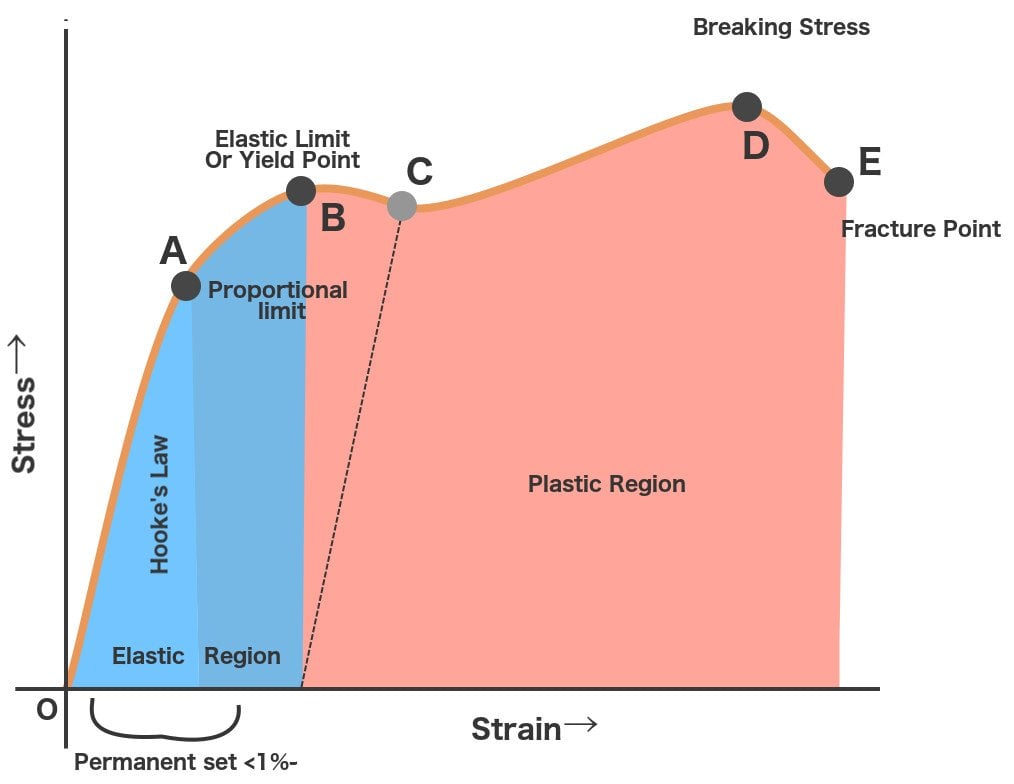
Yield Strength vs Tensile Strength. Tensile strength quantifies the force needed to pull a rope, wire, or a structural beam to the stage where it breaks. Specifically, the tensile strength of a material is the maximum amount of tensile stress that it can withhold before failure occurs.
Fastener Ultimate Tensile Strength vs. Yield Strength Which is More Important? Extreme bolt
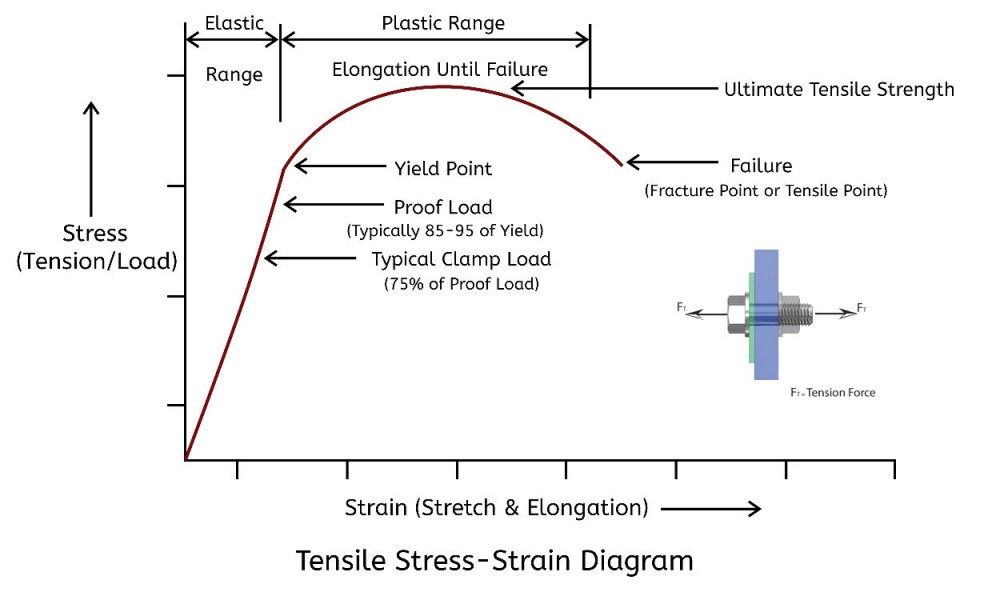
In materials engineering, yield strength and tensile strength are two properties that can be used to characterize a material. The main difference between yield strength and tensile strength is that yield strength is the minimum stress under which a material deforms permanently, whereas tensile strength describes the maximum stress that a.
Yield Strength Vs Tensile Strength What's The Difference? » Differencess
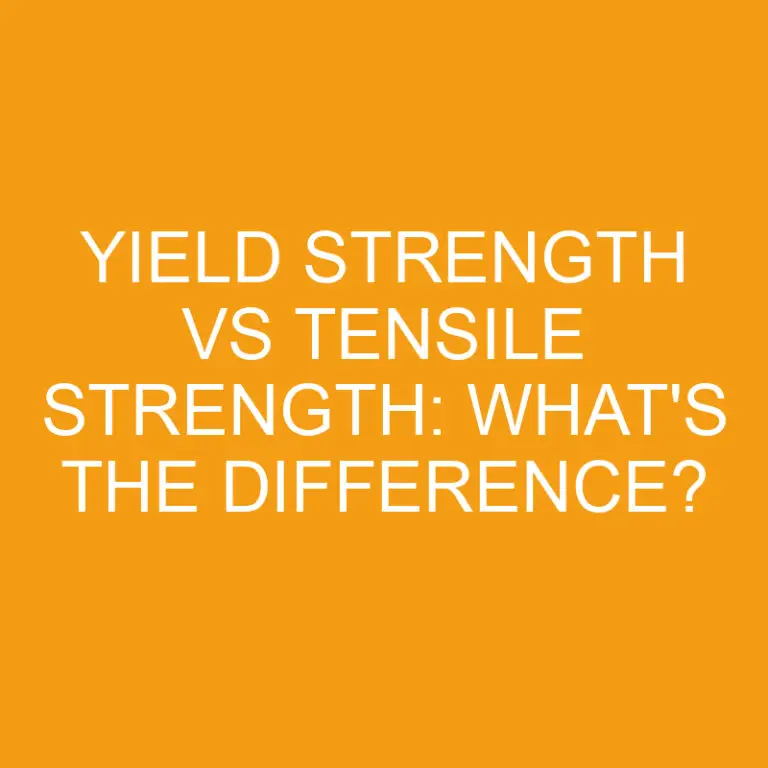
The mathematical formula for yield strength, or stress at yielding, is simply the basic formula for determining stress: force divided by area normal to the force. Yield strength is specifically defined as the applied force when plastic deformation begins divided by the original cross-sectional area of the test sample.
Normalized yield strength versus normalized tensile uniform elongation... Download Scientific

For tensile yield strength measurement, for example, standardized testing methods such as ASTM E8 are employed. During the test, the load is increased gradually, and the elongation of the specimen's gauge length is recorded—often automatically by the testing equipment. This equipment must be capable of applying loads and measuring.
Comparison of (a) yield strength, (b) ultimate tensile strength, and... Download Scientific

In brittle materials, tensile strength is reached with minimal or no yield. Tensile strength is usually of a higher numerical value than the yield strength of a particular material. The tensile strength of a material can be ascertained with 100% accuracy. However, yield strength has to be estimated for most materials.
Tensile strength comparison Fig. 7 Yield strength comparison Download Scientific Diagram

#yieldstrength #tensilstrength #metals #materials Visit https://link.matmatch.com/eqmat to find equivalent materialsVisit https://link.matmatch.com/EMtoMM to.
Yield to tensile strength ratio for different rolling directions Download Scientific Diagram

Its high tensile strength allows it to hold the cars together, while its yield strength prevents it from deforming under intense vibrations. This same flexibility makes it useful in agriculture, where it's used in heavy machinery for plowing fields. It can even be used in recreation for off-roading equipment, horseshoes, and more.
Understanding Yield Strength and Tensile Strength Precision Machine Technologies

The difference between yield strength and tensile strength is that yield strength is the smallest amount of force that can start the beginning of the deformation of an object. However, tensile strength is just the opposite of that, being the maximum force to cause breakage in an object. Yield strength has practical use while designing, which is.
Yield Strength Definition, Importance, Graphs, and How to Calculate Xometry
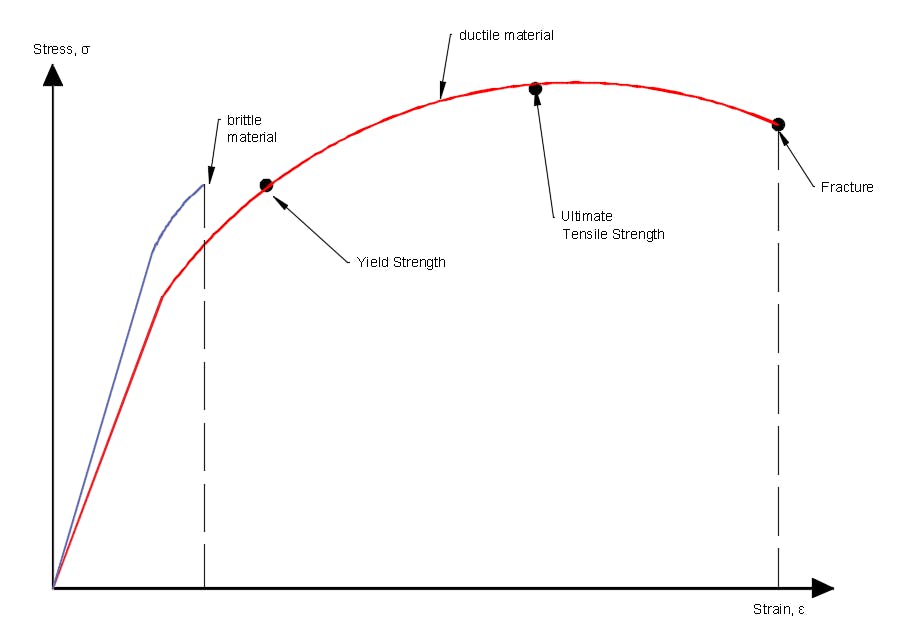
Tensile strength is often used to compare materials and determine their overall strength, while yield strength is crucial for understanding a material's behavior under load. Materials with high tensile strength are generally more brittle, while those with high yield strength tend to be more ductile.
Importance of Tensile Strength in Construction Crown Round Table
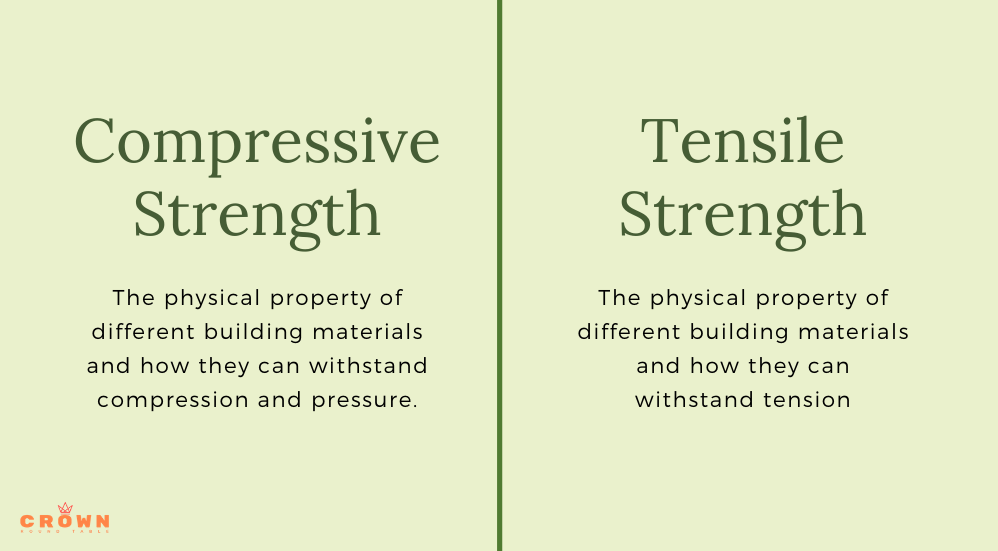
Stress. Yield strength is a minimum measurement, showing the minimum amount of force to permanent deformation. Tensile strength is a maximum measurement, showing the maximum amount of stress a material can experience. Position in Graph. No matter the material, yield strength is always a lower value and thus comes first in the stress-strain graph.
Summary of ultimate tensile and yield strengths versus elongation for... Download Scientific

The yield strength or yield stress is a material property and is the stress corresponding to the yield point at which the material begins to deform plastically.. Specified minimum yield strength; Ultimate tensile strength; Yield curve (physics) Yield surface; References Bibliography. Avallone, Eugene A. & Baumeister III, Theodore (1996)..
.

